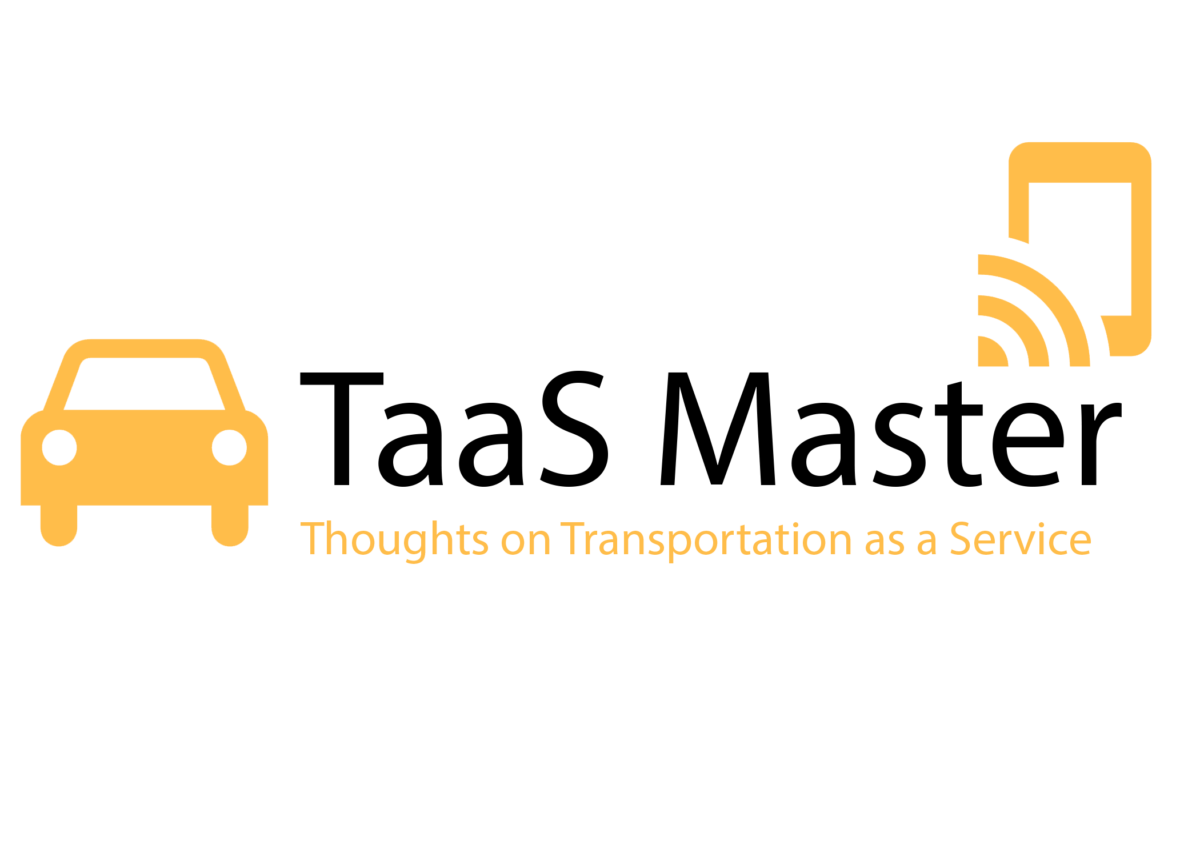The U.S. government’s Defense Advanced Research Projects Agency (DARPA) organized three technology competitions in 2004, 2005 and 2007 to accelerate the development of autonomous vehicles. The development of this technology became very important after 9/11 as the military lost soldiers to explosive devices targeting vehicles during the wars in Iraq and Afghanistan. During the 2004 Grand Challenge, none of the robot vehicles finished the 150 mile route in the Mojave Desert, which led to another competition in 2005. This second DARPA Grand Challenge saw five teams successfully complete the 132 mile course with Stanford’s team finishing first in 6 hours 54 minutes. The third event known as the Urban Challenge took place at Georgia Air Force Base and included rules for obeying traffic regulations in urban areas. This event was won by the Tartan Racing team at Carnegie Mellon with assistance from General Motors. More importantly, DARPA spawned the launch of many autonomous technology companies at the forefront of developing autonomous vehicle systems today. A July 2019 Automotive News article (subscription required) describes the DARPA connection to many of these companies. For example, Waymo was created out of the innovation factory of Google X, which was founded by Sebastian Thrun. Thrun was the leader of the Stanford team that won the DARPA Grand Challenge in 2005. The co-founder of Cruise, Kyle Vogt, was an MIT undergrad who participated in building a self-driving pickup for the 2004 Grand Challenge. And Argo AI was co-founded by Bryan Salesky, who led software engineering for the Tartan Racing team during the 2007 Urban Challenge.

